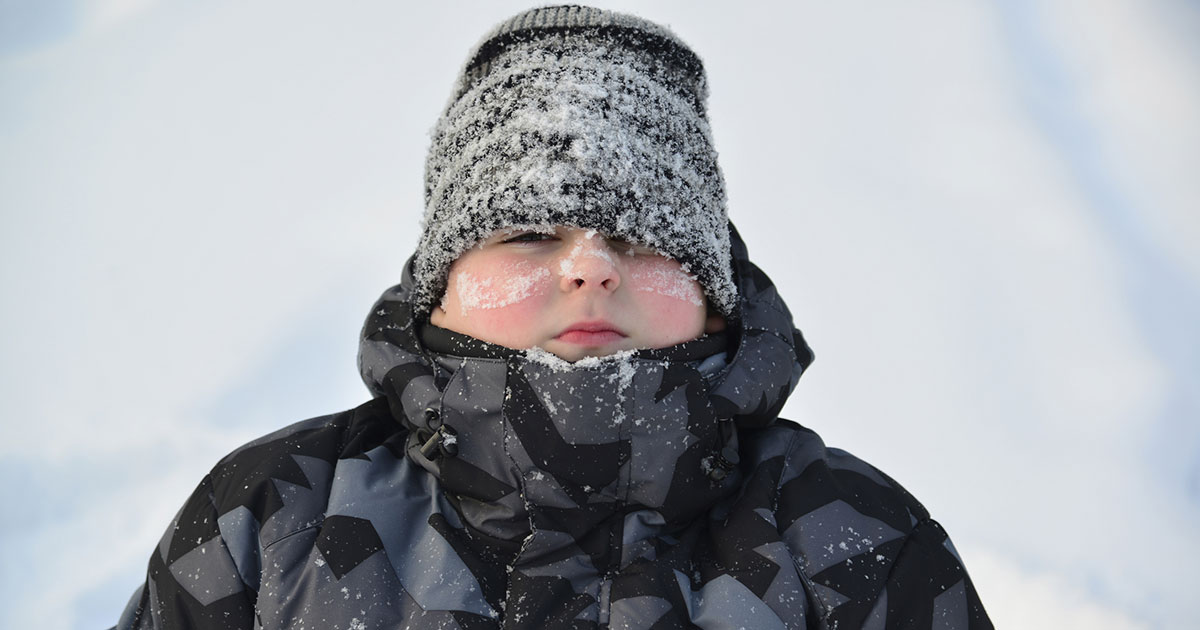How To Treat And Prevent Frostbite
Frostbite is a condition where the skin and tissues underneath it freeze. It is caused by sustained exposure to cold weather, frozen metals, ice, and cold liquids. There are three stages to frostbite. The first stage is called frostnip, and it is the mildest stage with no lasting damage. The second stage, superficial frostbite, is when the top layers of skin begin to freeze. When warming up, the skin will burn or sting and can blister. The third stage is called deep frostbite, and it is the most severe. All layers of the skin have frozen, and medical attention is necessary.
Knowing how to treat frostbite is useful, and preventing it is essential.
Apply Warm Water To The Affected Areas

To help them thaw, apply warm water to the affected areas. Do not thaw the affected areas if there is a chance of refreezing, as this will further damage the tissue. It is advised to put the frostbitten part of the body into warm water. It is very important hot water is not used, as it could cause burning and blistering. Since the skin is frozen, the individual in question will not feel it burning. As the skin thaws, it will turn red and start tingling. This is a good sign and indicates blood flow has begun again. If the body part remains painful or numb, it is important to seek immediate medical attention.
Continue reading to learn more about treating frostbite now.
Go To The Hospital

It is imperative to go to the hospital if the frostbitten skin has turned black, is numb, or if it’s hard and white. Black skin, called gangrene, indicates the tissue is dying from lack of blood flow, and it may lead to amputation of the affected areas. Doctors can rewarm the frostbitten areas to determine whether the tissue can be saved. Going to the hospital is a good idea if, along with frostbite, the patient is displaying symptoms of hypothermia. Hypothermia is the condition in which the core body temperature drops below ninety-five degrees Fahrenheit. It is marked by severe shivering, drowsiness, confusion, and a weak pulse.
Get to know more methods of treating and preventing frostbite now.
Dry Wet Or Sweaty Clothing

Wearing wet clothing in cold temperatures will further reduce the body temperature of someone who has frostbite. Removing the person from the cold is the necessary first step to reverse frostbite. If it is not possible to dry any wet or sweaty clothing, it must be taken off the individual in question. This must be done quite carefully to prevent damaging frostbitten skin. The clothing can be dried near a fire, in a dryer, with a hairdryer, or left to air dry. Warming the affected individual’s body part can be done by breathing on it, or by using another person’s body heat.
Continue for more on treating and preventing frostbite effectively.
Cover Your Head, Ears, Hands, And Feet

It is essential to cover your head, ears, hands, and feet when going out in cold conditions. These parts of the body are first to suffer from frostbite. Blood rushes away from your extremities to keep your core warm in freezing temperatures. It is important to wear hats, earmuffs, scarves, gloves, and insulated shoes when facing these conditions, as doing so ensures the body is sufficiently protected from the cold. Other areas sensitive to frostbite include the nose, cheeks, and lips. Wearing a hat can not only protect the ears from frostbite, but it can also reduce the chances of hypothermia. The majority of the body’s heat escapes through the head, and wearing a hat reduces this heat loss.
Continue for more on preventing frostbite from occurring now.
Wear Layers Of Clothing

Wearing multiple layers of clothing can keep the cold away from the core of the body, which reduces the chances of developing hypothermia. Obviously, the more layers one wears, the more they are protected from the elements. When planning for long durations in the cold, start with a base layer of long underwear. This layer can act as an insulator for the rest of the clothing. Use thick wool socks and insulated boots. A waterproof coat is the best choice in case of precipitation. If possible, extra clothing and blankets should be kept in an accessible location. This can help to prevent frostbite before it happens.